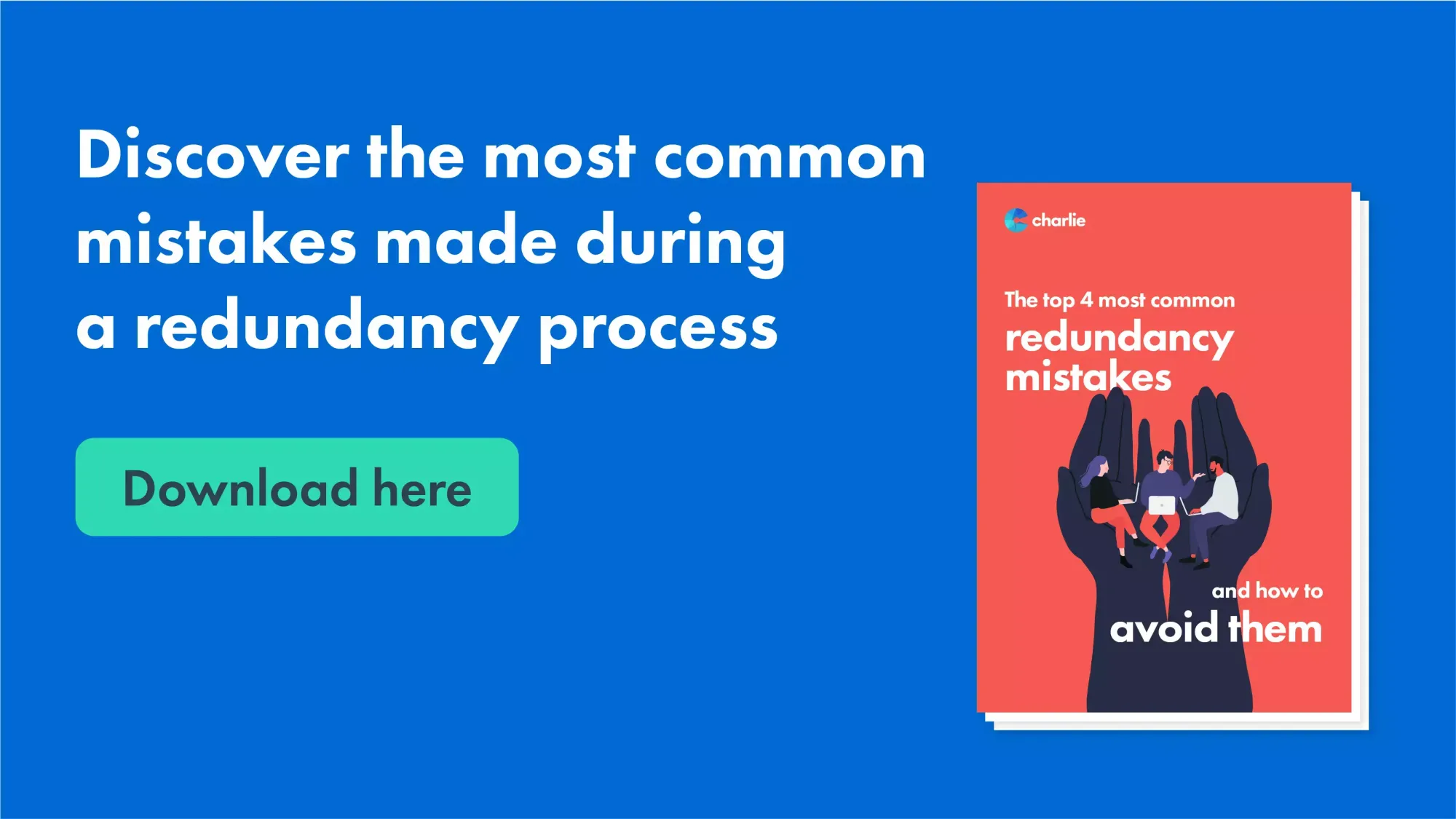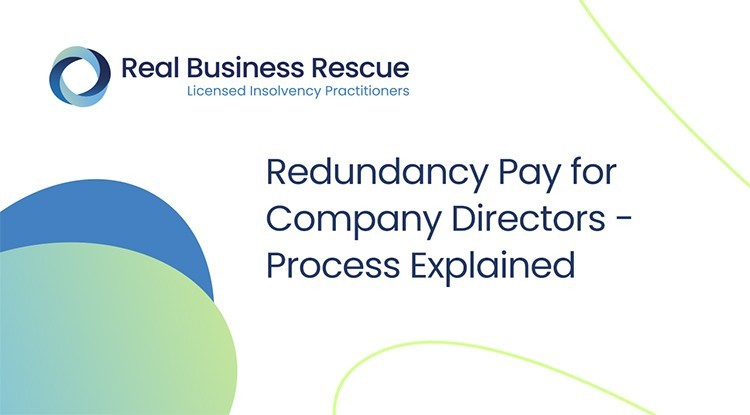Small Business Closing Employee Rights UK: What You Required to Know About Redundancy
Small Business Closing Employee Rights UK: What You Required to Know About Redundancy
Blog Article
Exploring the Operational Dynamics of Business Redundancy and Its Long-Term Sustainability

Redundancy Approaches for Business Continuity
In order to ensure continuous procedures, organizations must execute reliable redundancy strategies for company continuity. Redundancy in this context refers to the replication of essential components or features within a system to reduce the influence of possible failures. By integrating redundancy strategies, companies can boost their strength versus interruptions triggered by different variables such as natural disasters, equipment failures, or cyber-attacks.
One common redundancy approach is the execution of backup systems and data storage options. This includes producing matches of essential information and systems that can be turned on in case of a main system failing. Additionally, organizations can develop redundant communication networks and power sources to keep connection and operations during unforeseen occasions.
In addition, cross-training workers to execute multiple duties within the business can act as a beneficial redundancy approach. This makes certain that vital jobs can still be performed also if crucial personnel are inaccessible due to health problem or other reasons. In general, reliable redundancy methods are vital for companies to promote operational continuity and minimize the effect of potential disturbances.
Impact of Redundancy on Business Durability
Given the important role redundancy techniques play in ensuring organization connection, discovering the impact of redundancy on business durability ends up being critical for understanding the all natural functional characteristics of a company. Redundancy, when tactically executed, can considerably add to enhancing a company's resilience in the face of unforeseen challenges.
Furthermore, redundancy can boost staff member morale and confidence, recognizing that there are contingency plans in position to resolve unanticipated circumstances. This sense of security can result in enhanced efficiency and a more positive work setting. In addition, redundancy can cultivate advancement and imagination within an organization as workers really feel equipped to take computed dangers, understanding that there is a safety and security net to support them in case of failure. Overall, the effect of redundancy on business durability is profound, forming the long-term sustainability and success of a firm.
Stabilizing Performance and Flexibility in Redundancy
Accomplishing a harmonious equilibrium in between functional effectiveness and flexible adaptability is a critical obstacle in the critical implementation of redundancy within companies. Reliable operations are necessary for keeping performance and cost-effectiveness, guaranteeing that sources are made use of ideally. Nevertheless, too much focus on effectiveness alone can lead to rigidness, making it tough for organizations to adapt to unexpected adjustments or challenges. On the various other hand, versatility allows companies to react nimbly to advancing conditions, promoting development and resilience. Yet, way too much versatility without a strong functional foundation can result in inadequacies and incongruity.
To balance performance and versatility in redundancy planning, organizations need to meticulously evaluate their functional needs, market dynamics, and critical goals. Carrying out lean techniques can improve efficiency by getting rid of and simplifying procedures waste, while cultivating a culture of flexibility and continuous renovation can improve versatility. In addition, spending in cross-training programs and robust communication networks can assist cultivate a flexible workforce with the ability of managing varied tasks during periods of change. Ultimately, finding the right stability between effectiveness and versatility is critical for developing a resistant and sustainable company despite unpredictability.
Long-Term Sustainability Via Redundancy Planning
To make certain long-lasting feasibility and security, organizations have to purposefully straighten their redundancy planning with long-lasting sustainability objectives, thus integrating operational performance with flexible adaptability. Lasting sustainability with redundancy preparation entails greater than just short-term cost-cutting measures. It needs a detailed strategic approach that expects future challenges and opportunities. Firms should check out redundancy not as a responsive solution to instant problems however as a positive strategy for long-lasting success. By incorporating redundancy planning with sustainability goals, companies can create a resilient structure that can endure different market fluctuations and internal changes.

Proactive Measures for Sustainable Firm Procedures
Just how can business proactively improve their functional sustainability for long-lasting success? Executing positive procedures is essential for firms aiming to make certain lasting procedures.
Furthermore, promoting a culture of continuous improvement and understanding within the company can improve adaptability to transforming market problems and customer needs. Motivating worker involvement in decision-making procedures and offering chances for professional development can enhance spirits, performance, and general performance. Establishing clear goals, keeping an eye on key performance signs, and routinely evaluating development are vital parts of proactive sustainability administration.
Working together with providers, consumers, and various other stakeholders to promote lasting techniques throughout the supply chain can produce a ripple result of positive impact - redundancy pay if company goes bust. By taking aggressive actions towards operational sustainability, companies can develop strength, drive development, and safeguard their lasting success in an ever-evolving company landscape
Final Thought

In the world of organizational management, the critical implementation of company redundancy stands as a crucial yet elaborate method that demands a fragile equilibrium between operational efficiency and lasting stability. By studying the functional dynamics that underpin business redundancy and reviewing its more comprehensive effects for business resilience and versatility, a nuanced understanding of how redundancy methods can form the future trajectory of a company begins to unfold.Provided the vital function redundancy techniques play in guaranteeing business continuity, discovering the impact of redundancy on business strength ends up being vital for recognizing the all natural functional dynamics of a firm. On the whole, the effect of redundancy on organizational resilience is profound, shaping the long-lasting sustainability and success of a business.
In verdict, recognizing the functional dynamics of firm redundancy is crucial for guaranteeing long-lasting if a company goes bust who pays redundancy sustainability.
Report this page